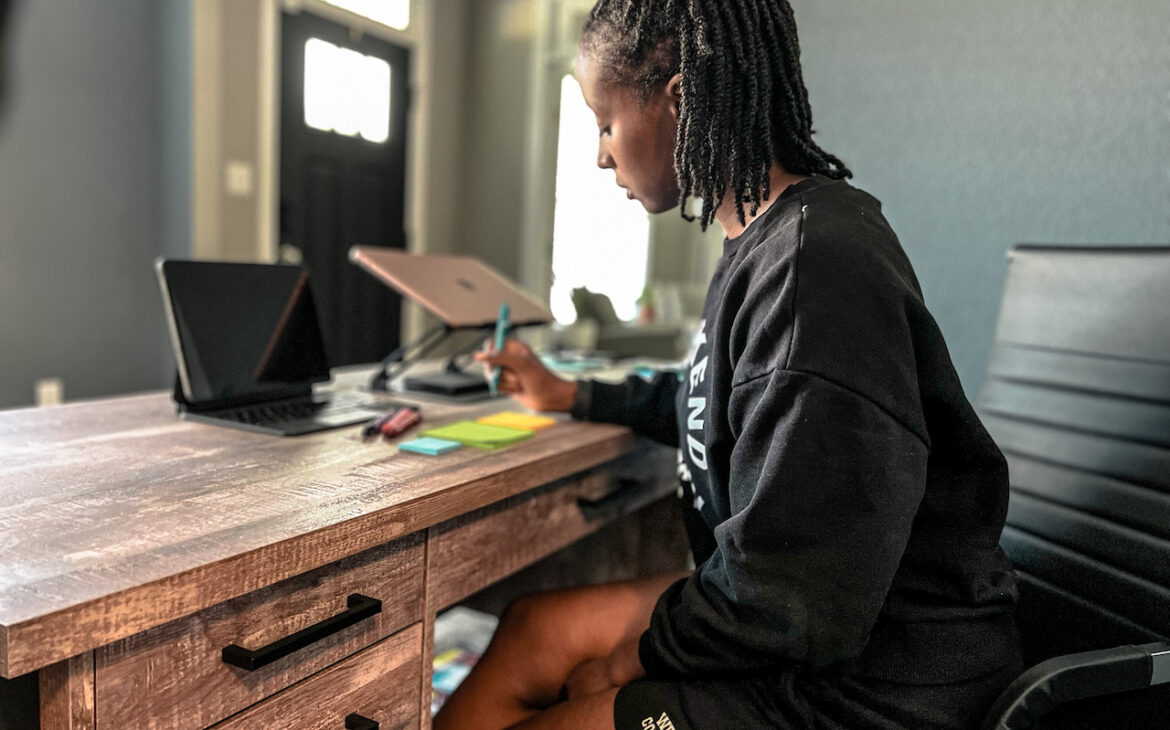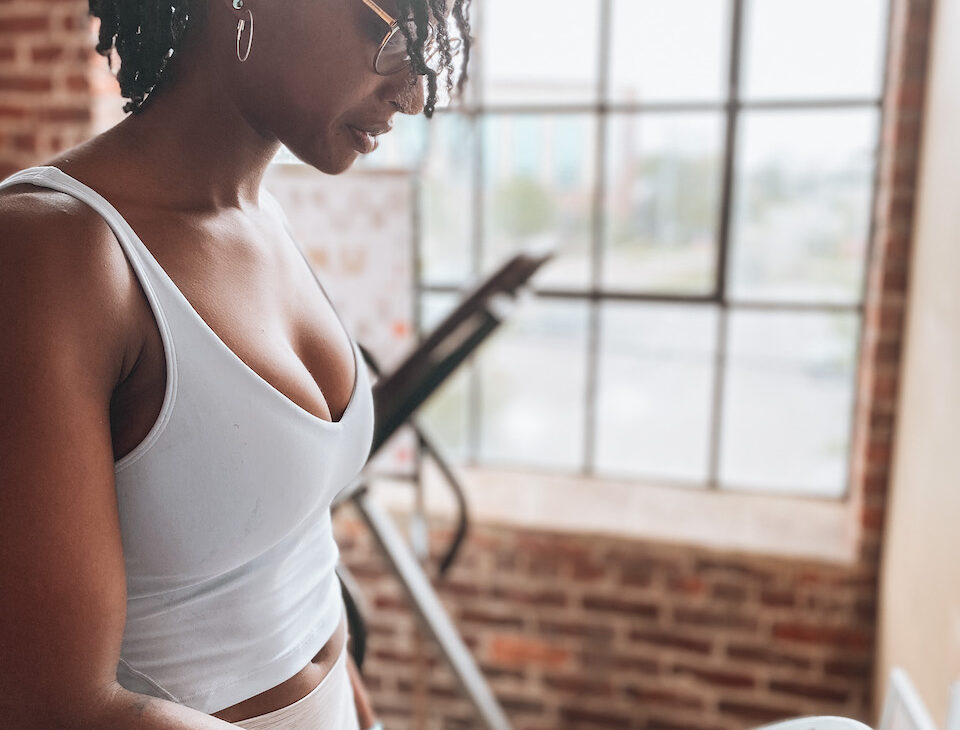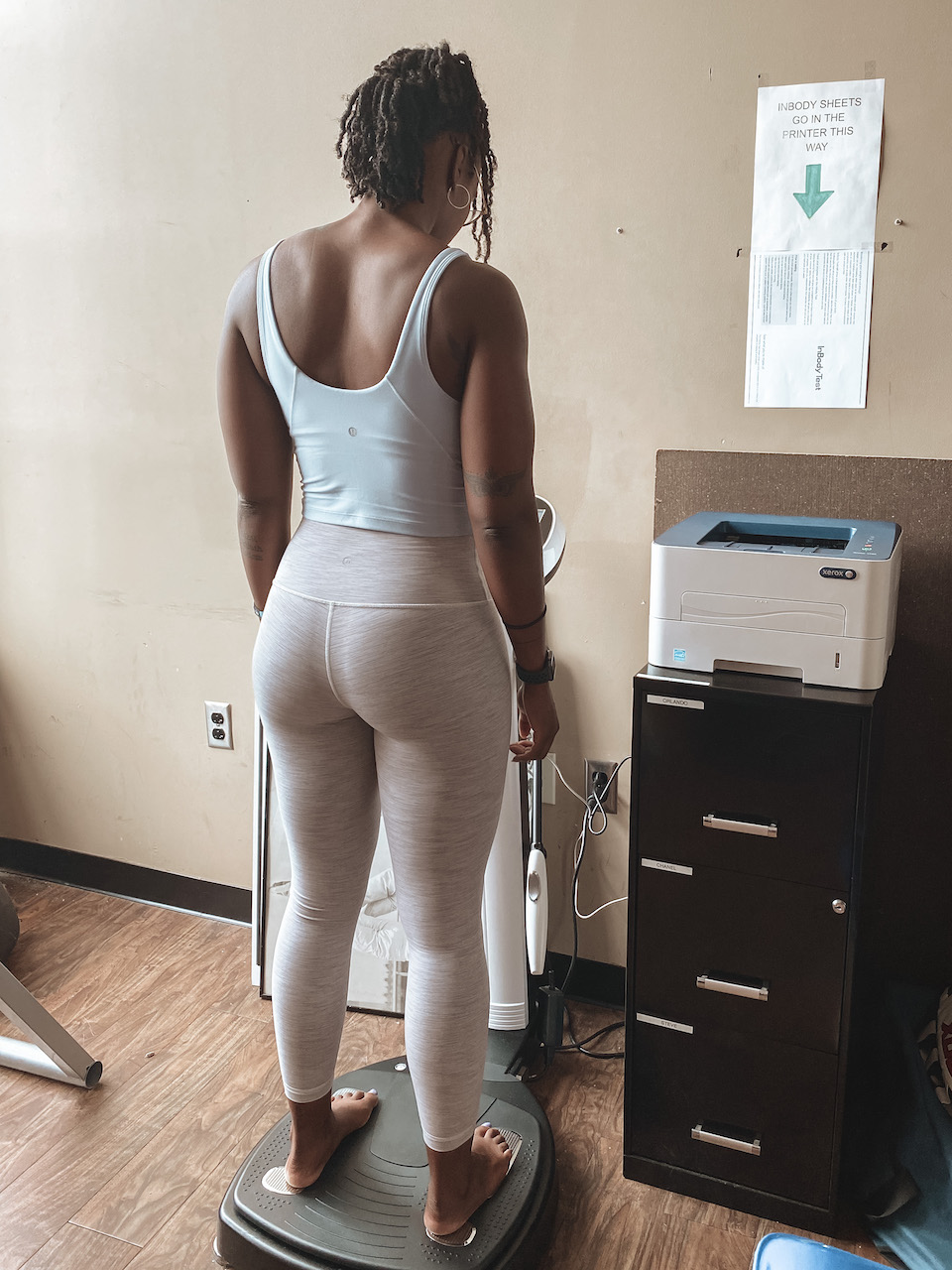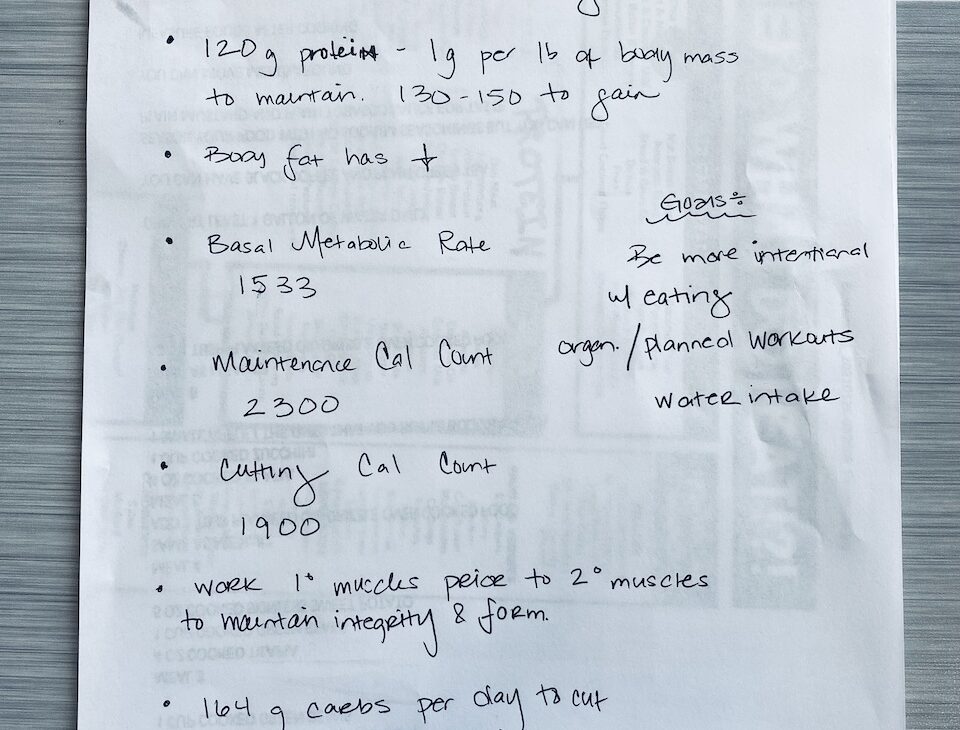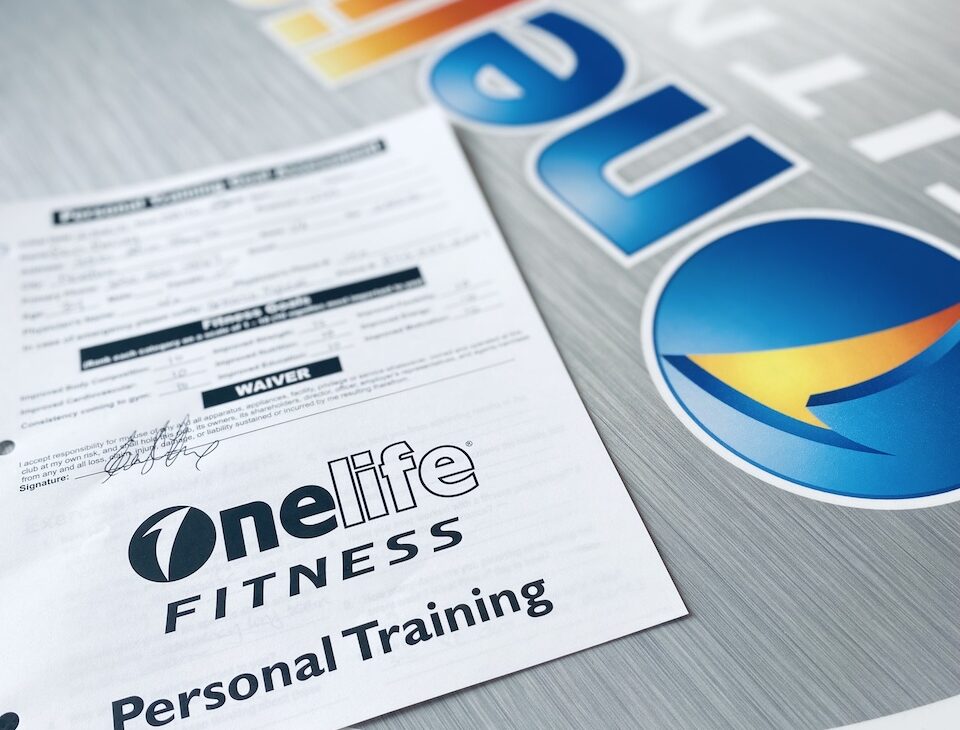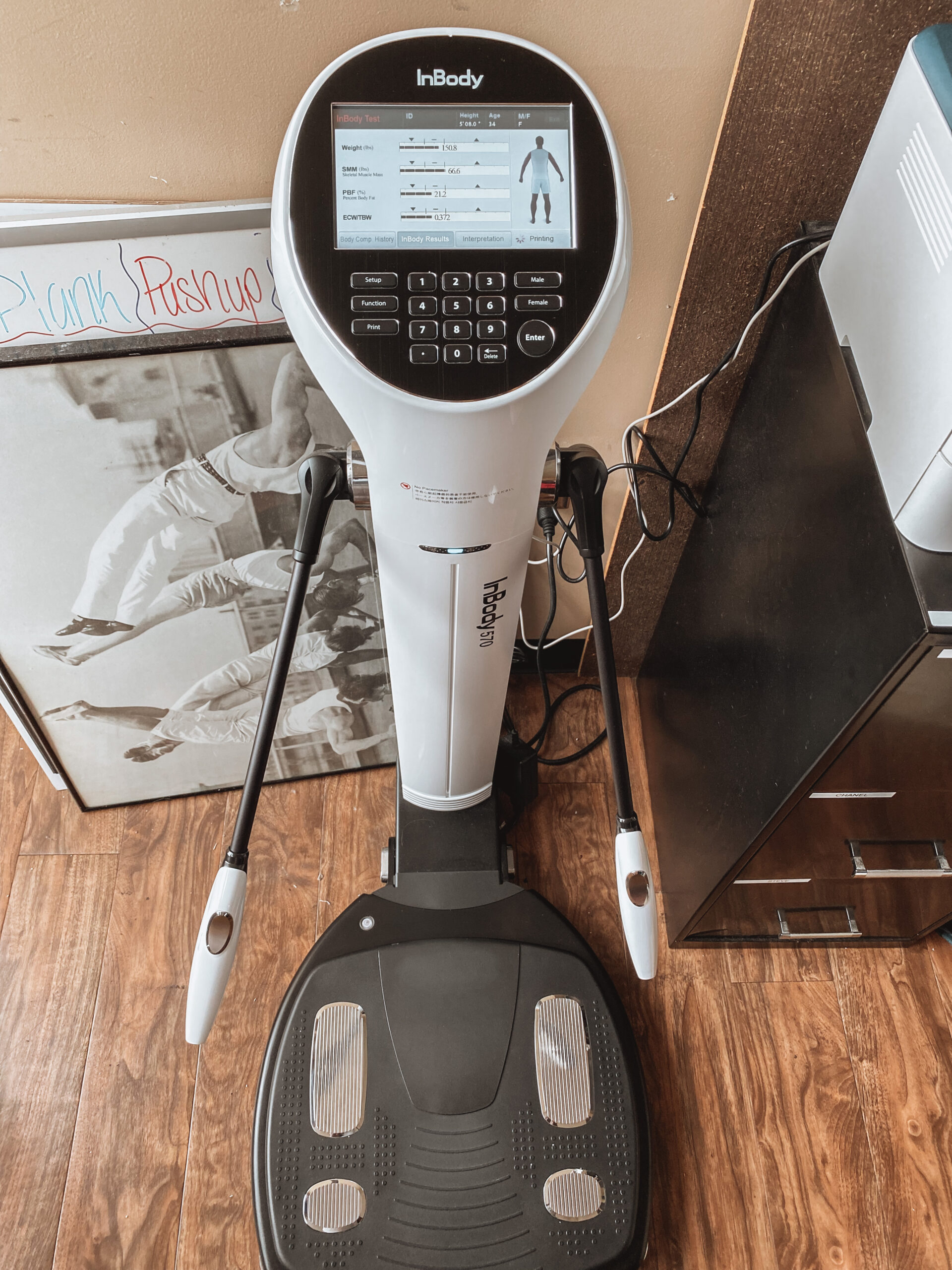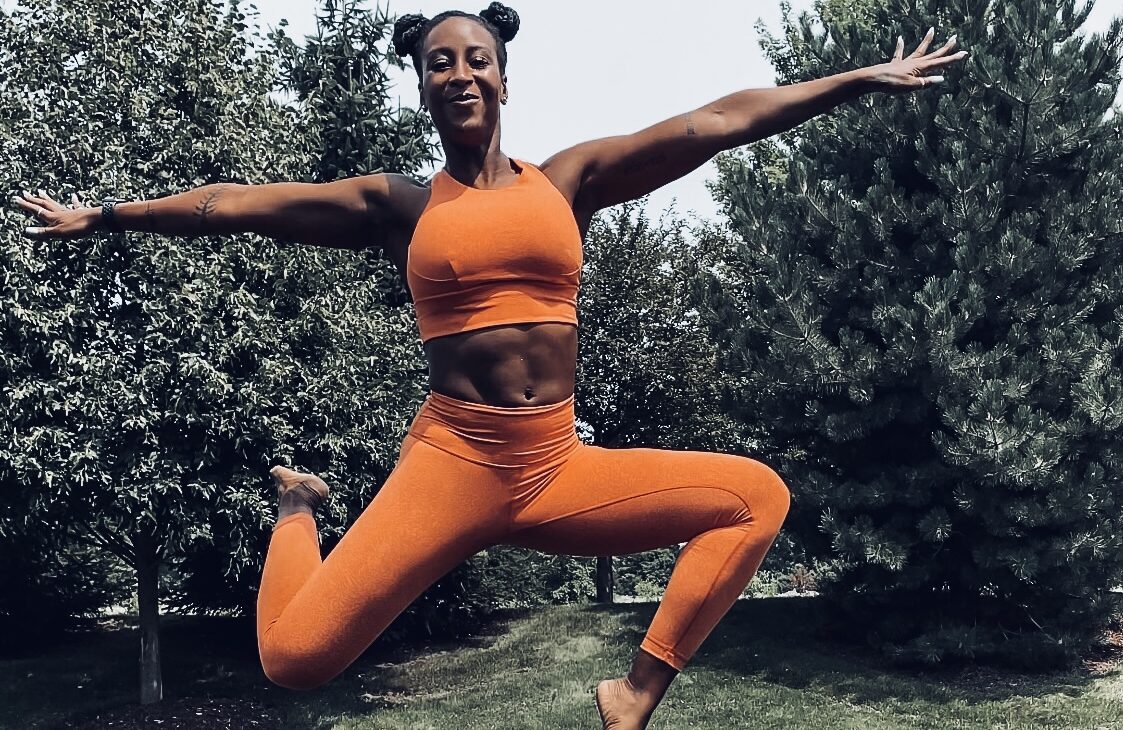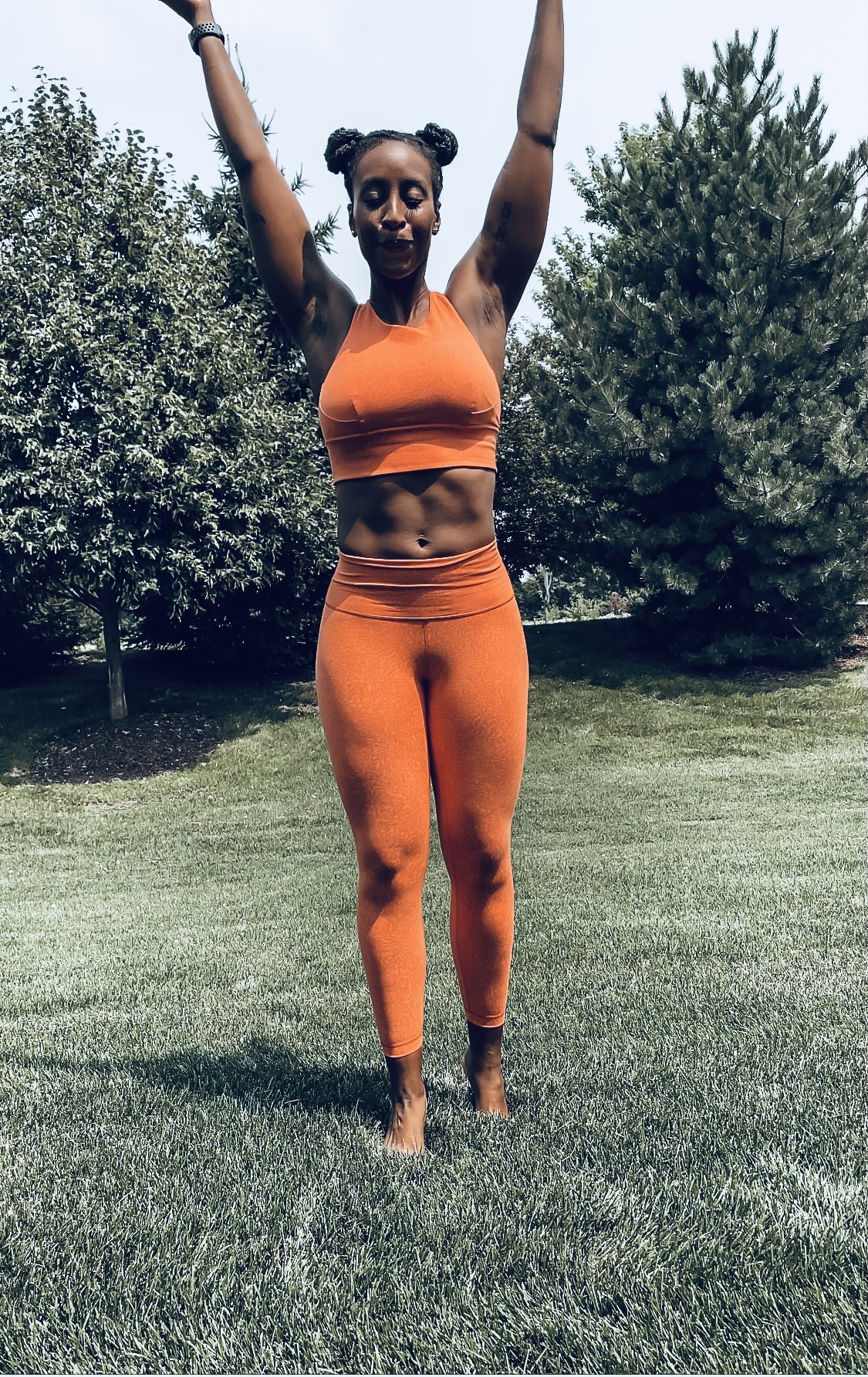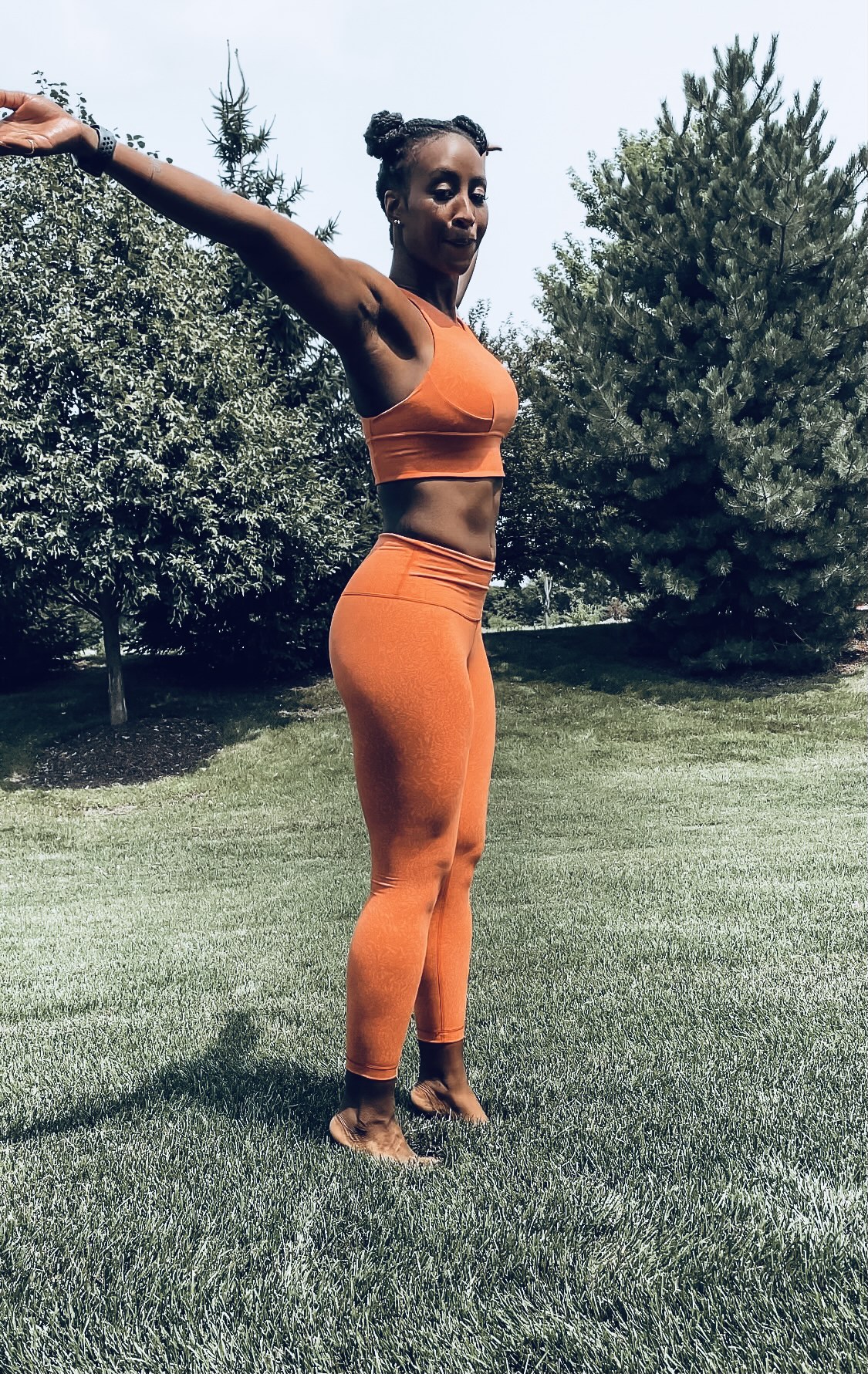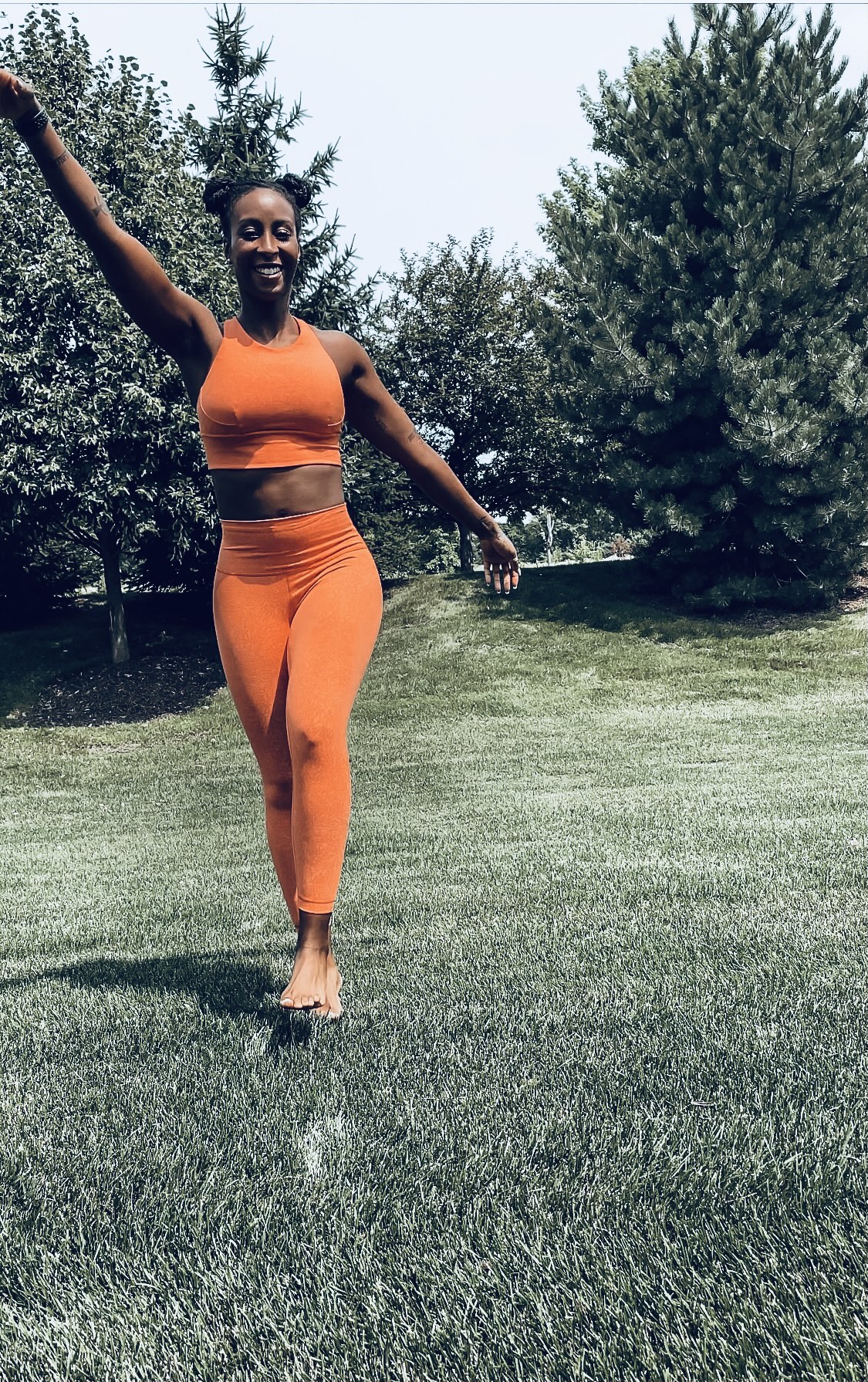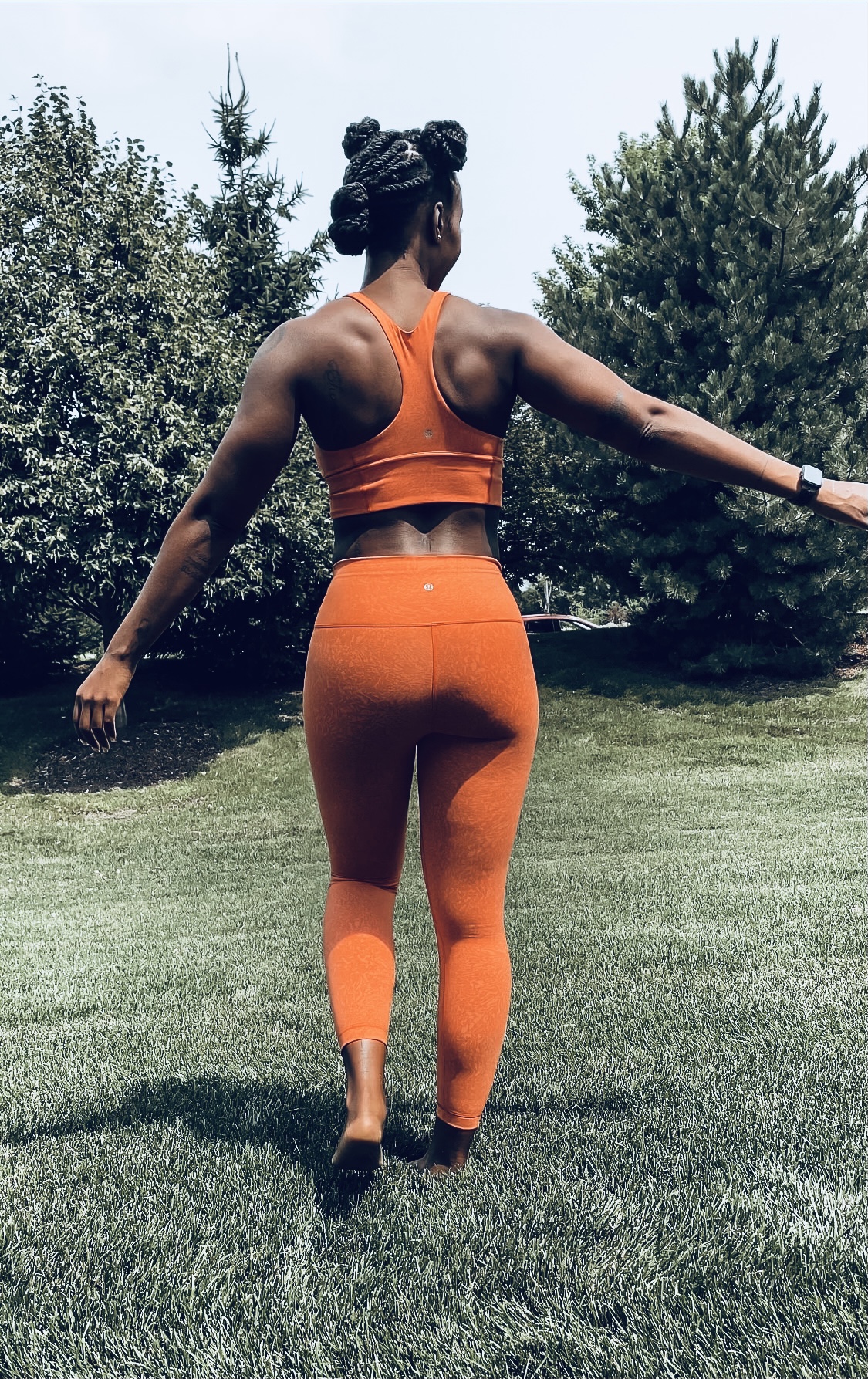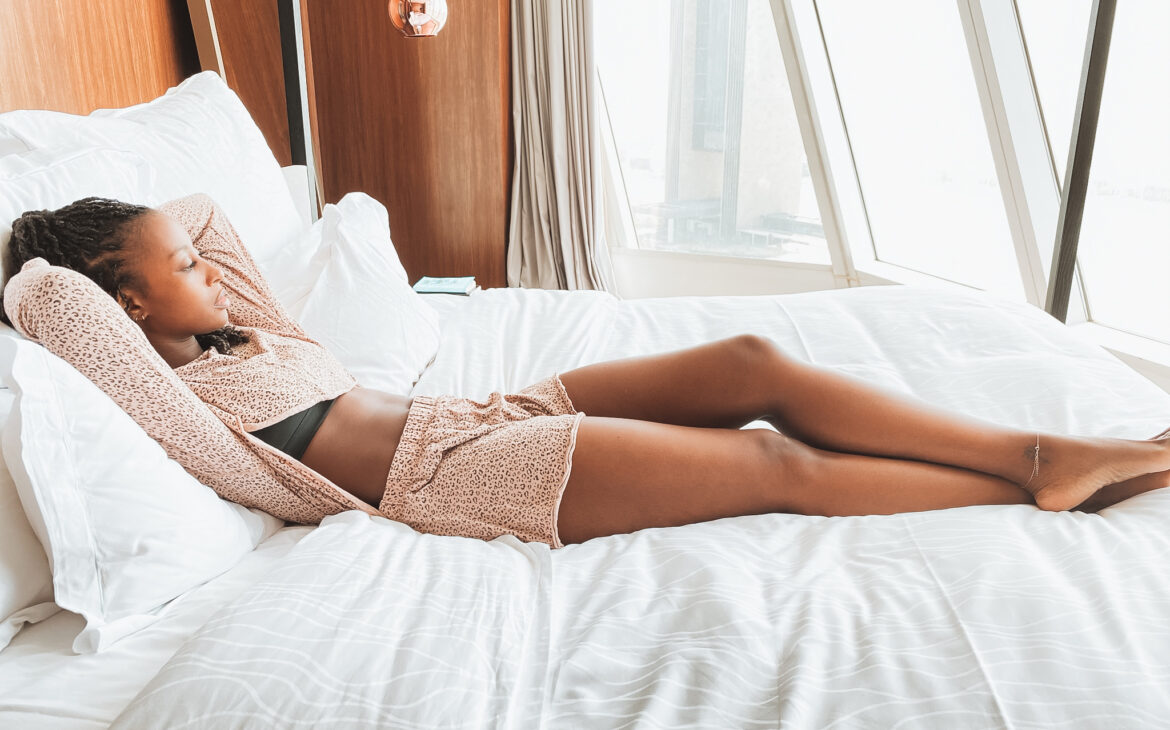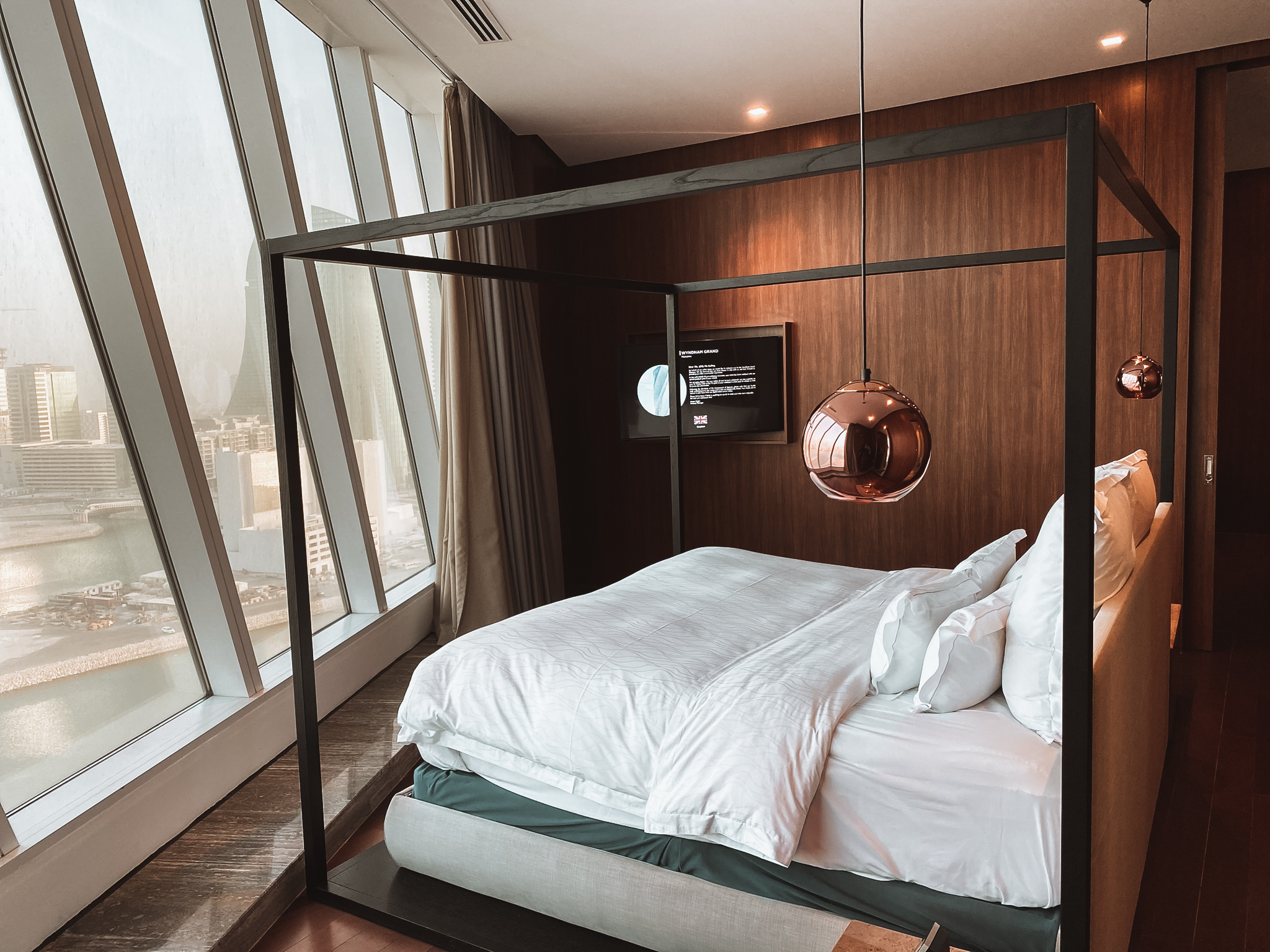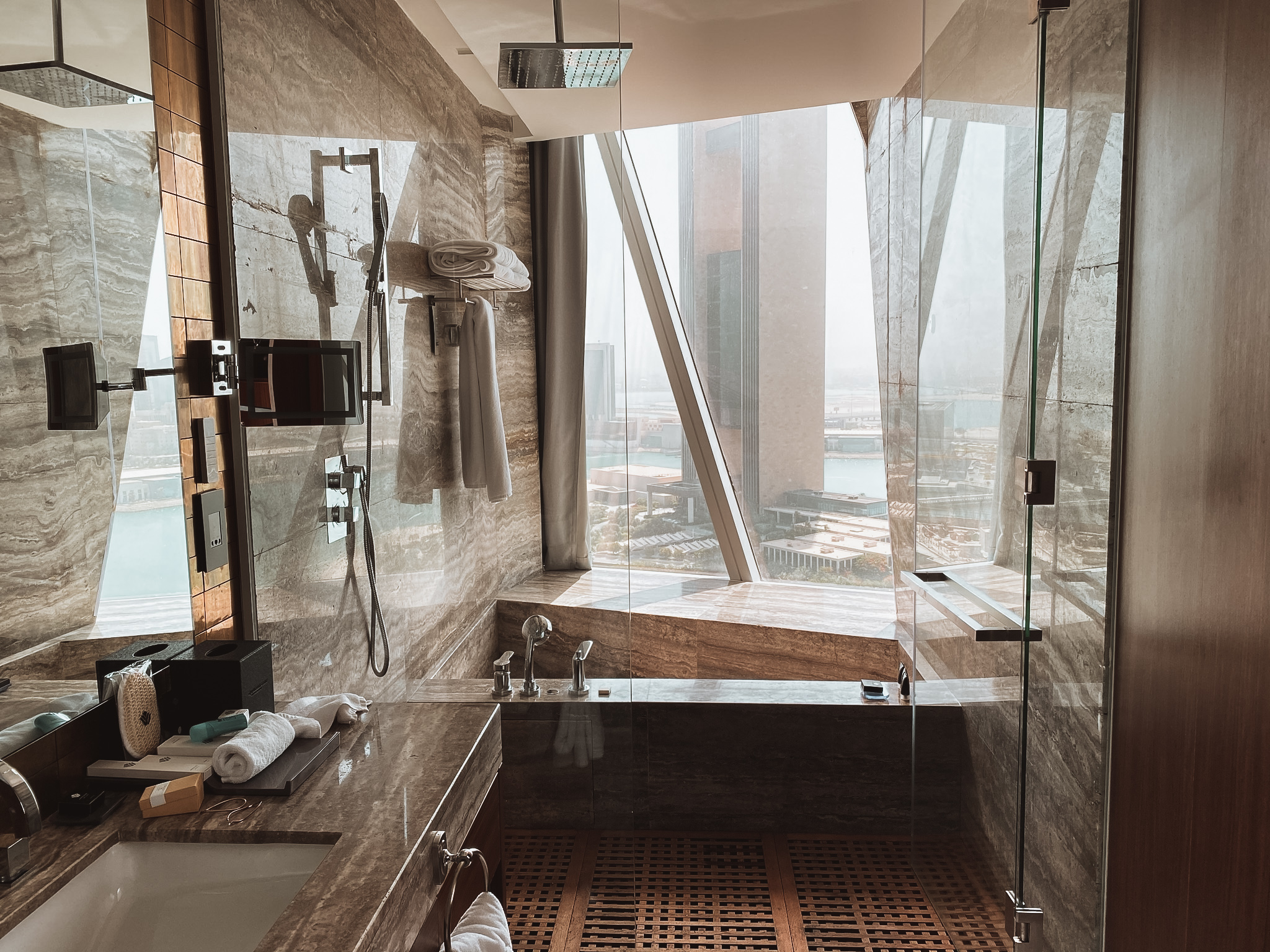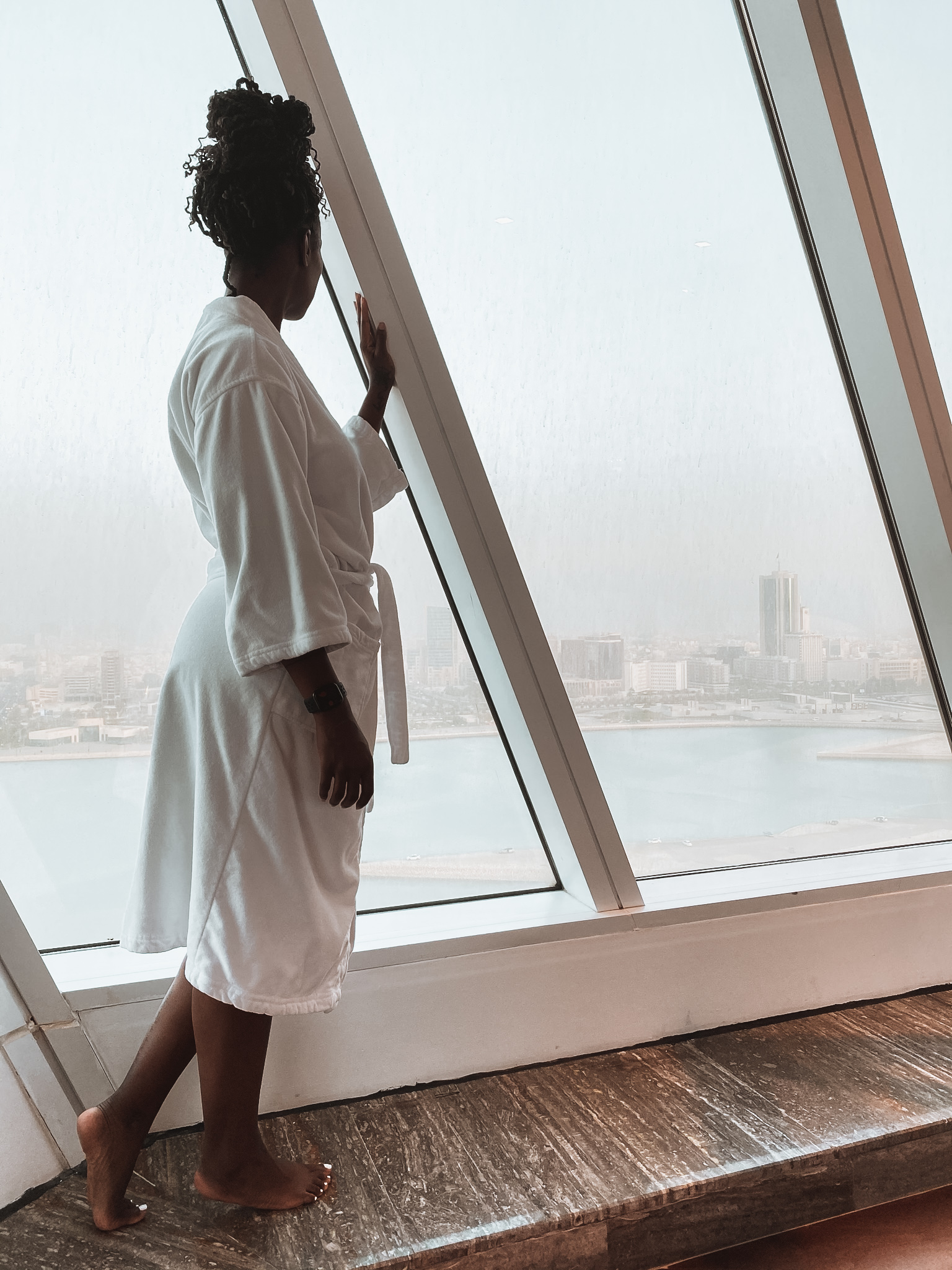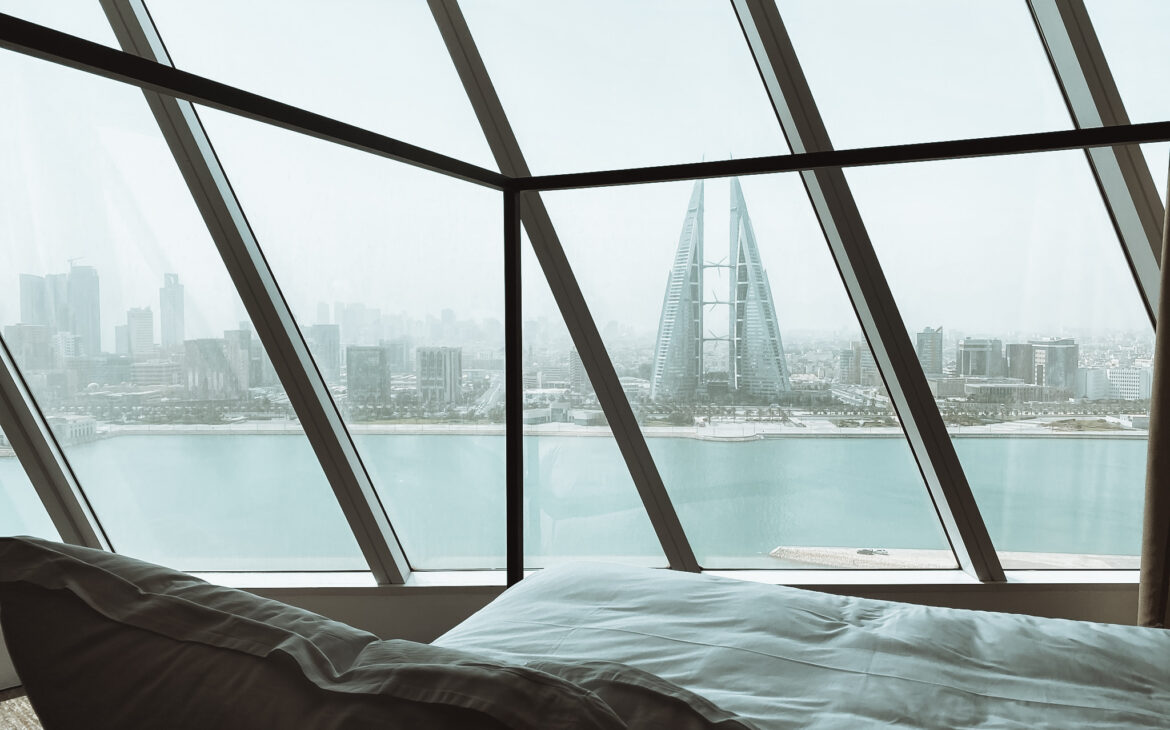OPTIMIZE YOUR TO DO LIST!!
What’s one thing that every adult has in common? A To Do List! While they might not have the same content, the fact of the matter is that we all have something to do! It’s just a part of life. Now the question is do we or do we not actually make a list? Well if you ask me, I’m making a list every time! I am a checker offer. ✔️✔️✔️✔️✔️ It literally brings me peace and joy to check things off. I feel organized, effective, and productive! It also just helps me remember the massive amount of tasks that I have to complete. To Do Lists are awesome when done right, but they can also be stressful when done wrong.
Keep reading to see how I make my lists more efficient!
1. GET THE ESSENTIALS
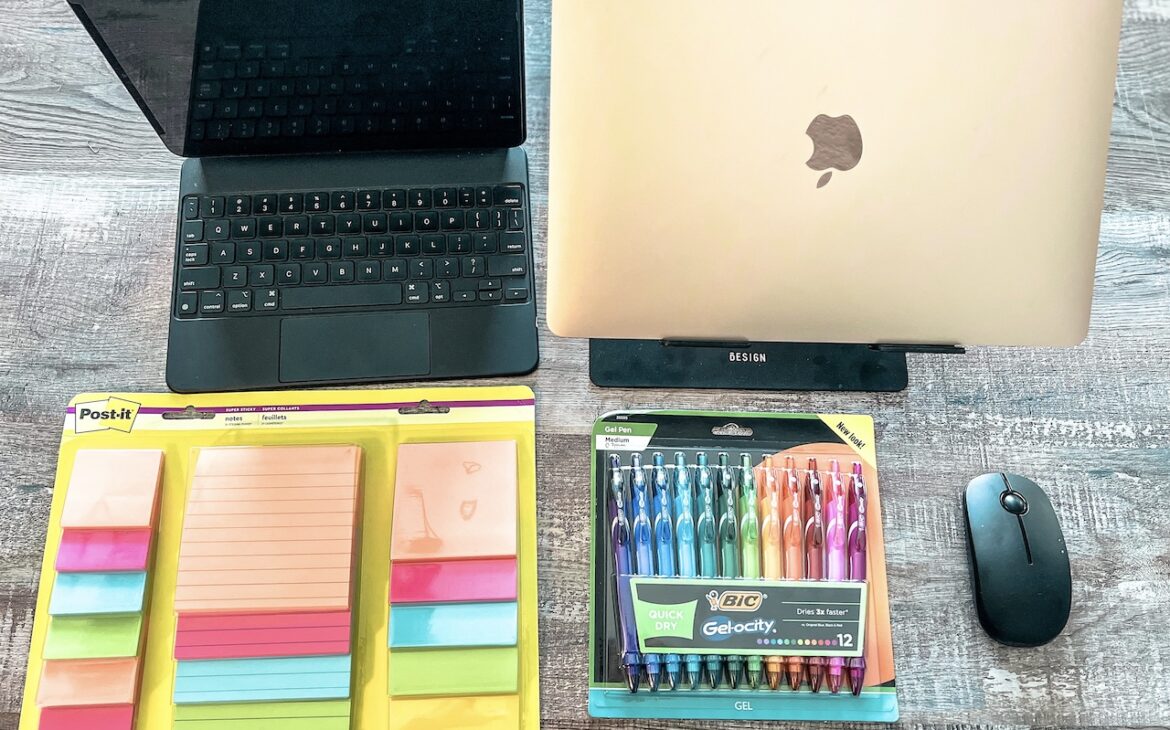
A To Do starter kit is a must! What does it require?
- Small Size Sticky Notes
- Medium Size Sticky Notes
- Small note paper pad
- Colorful pens
I bought these items together in bulk at target for less than $25.00.
I like to have specific items designated for making my list because it’s easier to keep up with and in my mind it gives the list a level of importance. If I have my iPad, my computer, and my list kit, I know some things are about to get done!!
2. CREATE A COLOR CODE
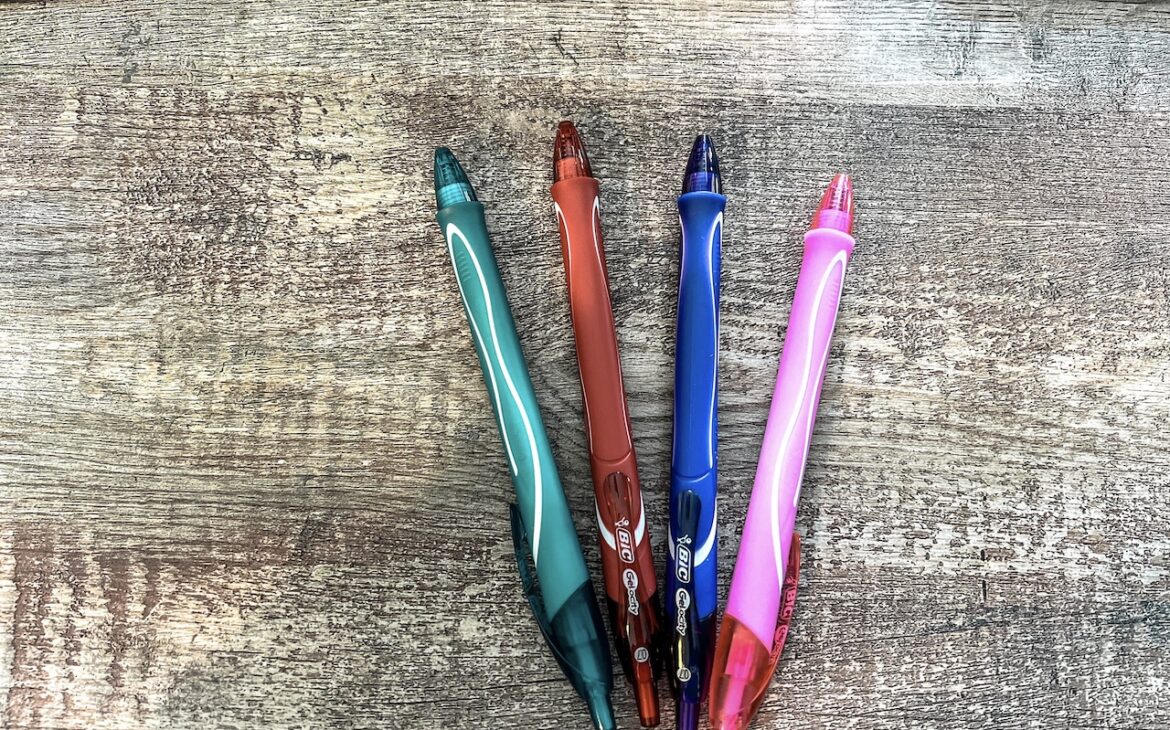
I select 3-4 different color pens and then I assign a priority level from low to high and then urgent. When I used to study for tests in college and dental school I would always use different color highlighters and pens to write and absorb my notes. It was something about the colors that made my notes pop and thus easier to remember. It may be a little anal to assign the priority levels, but just think about a list written in all black w/ no organization vs. one that has 4 colors and each color tells you the level of importance of what you need to do. I’m way more efficient when I color code.
3. BREAK YOUR LIST DOWN
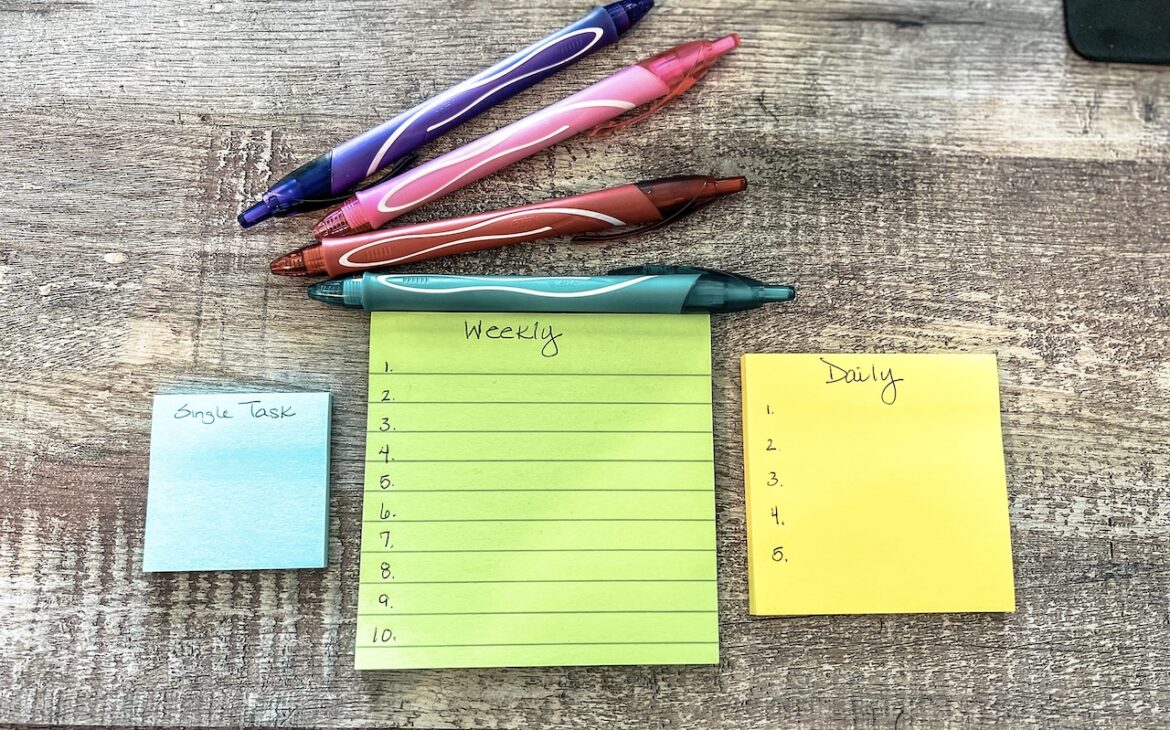
WEEKLY, DAILY, & SINGLE TASKS LISTS 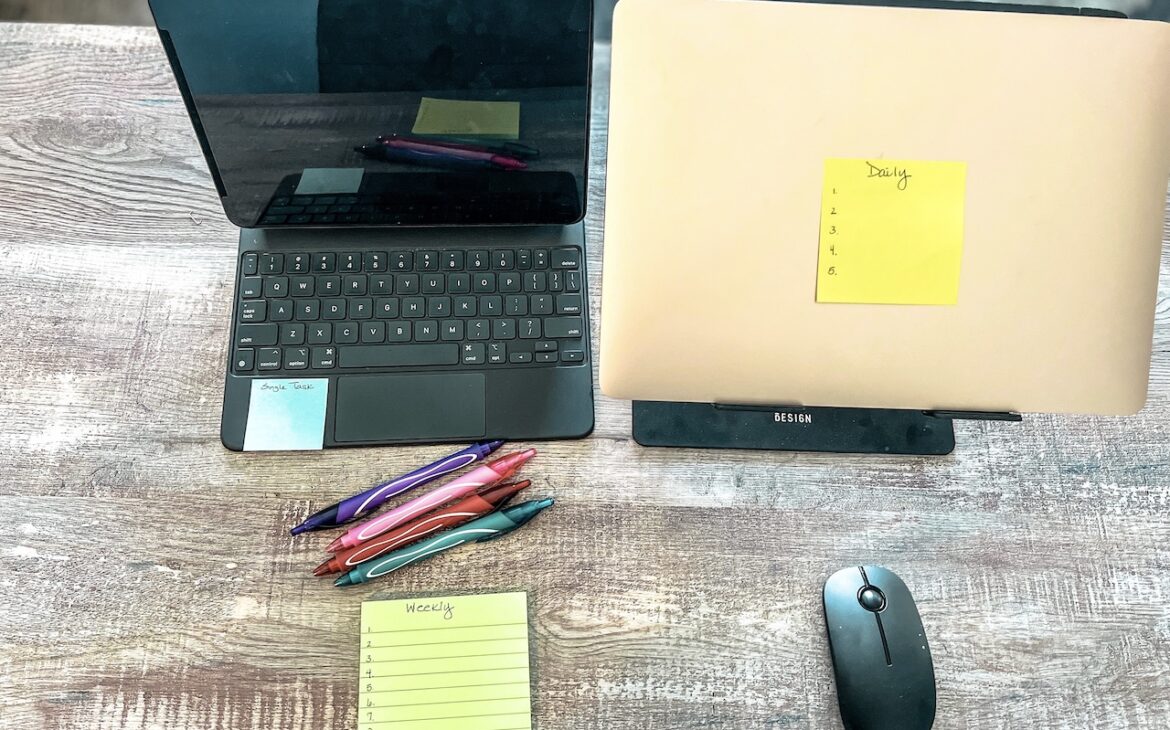
LISTS IN DIFFERENT PLACES
I always feel like I have a million and one things to do and when I write them all down on one page, I get overwhelmed and my anxiety levels go up immediately! Also, if all my tasks are on one sheet, I try to do them simultaneously. At one point I thought being a “multitasker” made me a high functioning individual, but then i realized when I multitask I never complete my list, I stay forgetting things, and although things are getting checked off, the quality of what I’m getting done is compromised. So I break my list down into three.
1.A weekly list, which is the master copy and holds everything that needs to be done.
2.A daily list which is a smaller snapshot and limits how much you can do. I put my top five tasks on this sticky.
3.A single task sticky on which I write one action down at a time. When I complete it I cross it off the other lists and then choose the next one up. It eliminates multitasking, keeps me focused and I complete my list!!
Another reason I like to break the list down is because you can place them in different locations as reminders. I’m always moving throughout the day, so having reminders in different places ensures that I don’t forget the list I made myself at the beginning of the day.
There’s obviously more than one way to make a ToDo list. This works for me, and I’m hoping it will give you an idea of how to approach organizing your own list! I would love to hear if you are a list maker and if so what are your tips and tricks to make your list more effective?!


